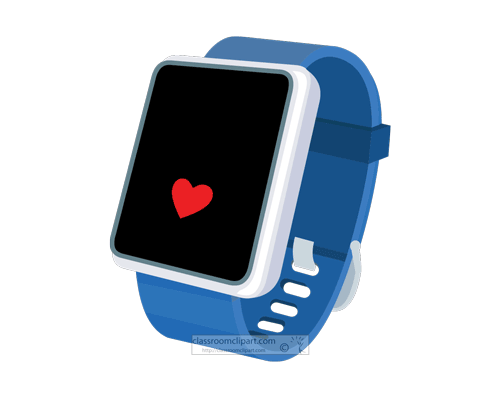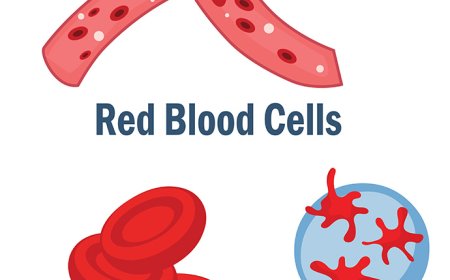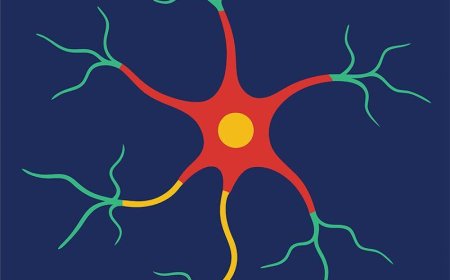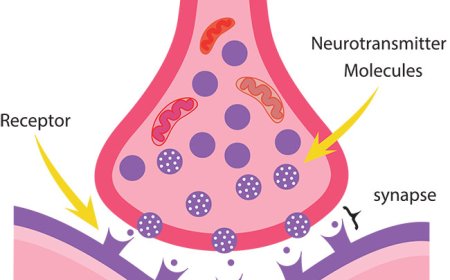How the Body Sends Messages: Nerve Signals, Synapses, and Brain Communication Explained
Learn how your body sends messages in this richly detailed article for students aged 8–16. Explore electrical signals, neurons, synapses, and how the brain talks to the body. Includes quiz, vocabulary, and kid-friendly summary.
🧠⚡ How the Body Sends Messages: Neurons, Synapses, and Brain Communication
Imagine your body as a huge, busy city. Every part needs instructions—traffic lights, buildings, even garbage trucks. But what if there were no phones, emails, or roads to deliver those instructions? That’s where your nervous system comes in. It’s your body’s built-in messaging system, made up of neurons, synapses, and electrical signals. These tiny messengers carry instructions faster than any phone call, helping your brain stay in control of every move you make, every sensation you feel, and every thought that crosses your mind.
The star of this messaging system is the neuron, a special kind of cell designed to send signals. You have billions of neurons, and each one is connected to thousands of others. These connections create a giant web of communication throughout your brain, spinal cord, and body. A neuron doesn’t work alone—it sends messages by creating and passing electrical and chemical signals to its neighbors, making communication possible in every direction.
Each neuron has several key parts. At one end are dendrites, which receive incoming signals from other cells. In the middle is the cell body, which processes the information. Stretching out from the cell body is the axon—a long, thin extension that carries the signal away. Some axons are very short, while others are over three feet long, especially in your arms and legs. At the end of the axon are the axon terminals, which pass the message on.
When your brain sends a command—like “lift your hand”—a nerve signal begins as an electrical impulse in a neuron. This impulse travels down the axon, sometimes helped by a coating called the myelin sheath, which makes the message move faster (like insulation on an electrical wire). But when it reaches the end of the axon, it faces a problem: there’s a tiny space between neurons. This space is called a synapse, and the message can’t jump across on its own.
That’s where neurotransmitters come in. These are special chemicals released by the axon terminal. They float across the synapse and land on the next neuron's receptors, like keys fitting into locks. Once the chemical message arrives, the receiving neuron turns it back into an electrical signal and sends it onward. This process happens thousands of times per second and continues until the message reaches its destination—maybe a muscle, a gland, or another part of the brain.
Depending on the type of message, the neurotransmitters might tell the next cell to “go!” (excite it) or “wait” (inhibit it). There are many different kinds of neurotransmitters, and each one plays a unique role. For example:
- Dopamine helps control movement and mood.
- Serotonin affects mood, sleep, and hunger.
- Acetylcholine helps muscles contract.
- Endorphins help block pain and create feelings of pleasure.
Neurons can’t send messages without energy, and your brain uses a lot of it. In fact, your brain uses about 20% of your body’s total energy just to power these signals. That’s why it’s important to fuel your body with healthy foods, stay hydrated, and get plenty of sleep—your brain needs all the support it can get to keep those messages moving.
Sometimes signals go in loops, like in a reflex arc. In a reflex, the sensory neurons pick up danger (like touching a hot pan), and instead of sending the message all the way to the brain, it travels through the spinal cord and directly back to the muscles. This shortcut allows your body to react in less than a second, protecting you from harm before your brain even gets involved.
Your brain also sends messages in patterns. When you learn something new—like how to ride a bike—your neurons form new pathways. The more you practice, the stronger those pathways become. Over time, the signals become smoother and faster. This ability to “rewire” itself is called neuroplasticity, and it’s one of the most amazing things about your brain.
Without neurons, synapses, and neurotransmitters, your brain wouldn’t be able to talk to your body. You wouldn’t be able to run, laugh, dream, or even blink. But thanks to this incredible electrical and chemical communication system, every part of you stays connected—every second of every day.
🧠 Vocabulary
- Neuron – A nerve cell that carries messages through the nervous system
- Dendrite – A branch-like part of the neuron that receives signals
- Axon – The long part of the neuron that sends messages away
- Synapse – The tiny space between two neurons
- Neurotransmitter – A chemical that helps signals cross the synapse
- Myelin sheath – A fatty layer that helps nerve messages move quickly
- Receptor – A part of the receiving neuron that accepts a neurotransmitter
- Electrical impulse – The signal that travels through neurons
- Neuroplasticity – The brain’s ability to change and grow new pathways
- Reflex arc – A fast, protective signal path that skips the brain
✅ Quiz: Can You Follow the Signals?
- What carries messages through your body?
Answer: Neurons. - What part of the neuron sends messages away from the cell body?
Answer: The axon. - What is the tiny gap between neurons called?
Answer: The synapse. - What helps a message travel across a synapse?
Answer: Neurotransmitters. - What is the brain’s ability to build new pathways called?
Answer: Neuroplasticity.
🧒 Kid-Friendly Summary
Your brain sends messages using tiny cells called neurons. These messages are like electrical sparks that zoom through your body. When the signal reaches the end of one neuron, chemicals called neurotransmitters help pass it to the next. That’s how your brain tells your body what to do—like blink, jump, think, or smile. It’s a super-fast, super-smart system that keeps you connected and in control!






















































